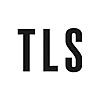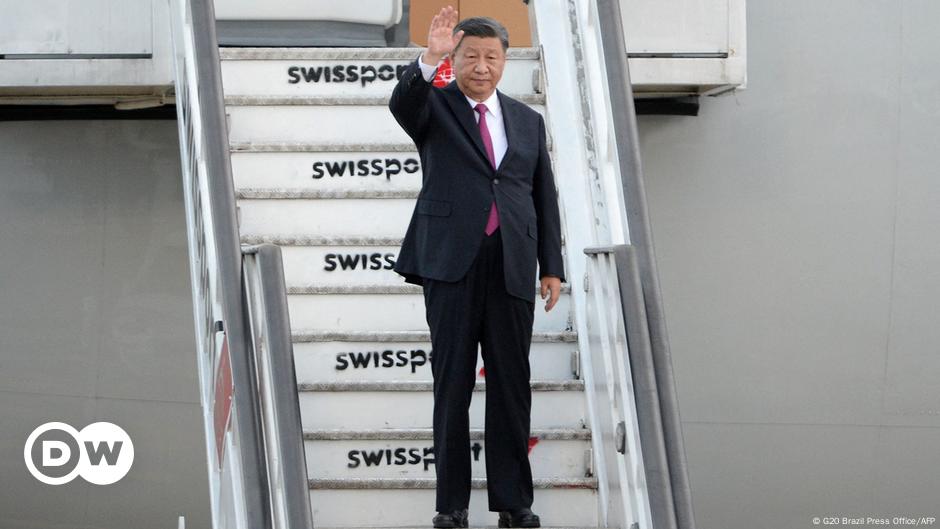Behind every Frank Auerbach painting or drawing that exists lie the ghosts of many others. The momentum in his work depends on vanished states, for he is not content with an image until it has undergone many trials and each time been scraped off or rubbed down. This procedure allows for radical alteration at every stage; only at the last moment does the picture become fixed. His art exemplifies Picasso’s dictum that “a painting is the sum of destructions”.
The results can be exhilarating and unnerving. His portraits, especially, affront our expectations, for it can be a struggle to find the sitter amid the welter of twisting brushmarks, slabs and gouts of paint and the rich stew of colour. It is equally disturbing when he suddenly resorts to vehement shorthand, transforming the face into a ghoulish mask with blob-like eyes and large broad swab where the mouth should be. Though his sitters are often surprisingly recognizable, his concern is not with external likeness or imaginative characterization, but with an emotional reality apprehended over a period of time. Whether the subject invokes in him fierce expressiveness or oblique tenderness, it becomes mixed with his feelings through the activity of the brush.
Exhibitions of his recent work, at Marlborough Fine Art, and of his etchings, at Marl-borough Graphics, coincide with the appearance of Robert Hughes’s monograph. Superbly illustrated and produced, it is the result of unique co-operation between author and artist and is surely the finest monograph on a contemporary British artist since Lawrence Gowing’s Lucian Freud (1982).
Though Auerbach has exhibited regularly ever since his first one-artist show at the Beaux Arts Gallery in 1956, he has never sought publicity and, throughout the fashion-conscious period of late Modernism, remained undervalued by a wider public until his retrospective at the Hayward Gallery in 1978. His modus vivendi remains centred on his dingy, paint-encrusted studio where he spends seven days of the week. Here everything is fixed. White rings are painted on the floor to denote the position of objects, including the four legs of the sitter’s chair, which remains always at the same distance from Auerbach’s easel. Hughes, who himself sat for Auerbach, describes the setting in detail, noting even the line of yellow newspaper on which the artist dries his underpants.
Hughes not only opens the door to this studio, but also brings his formidable powers of description and analysis to bear on the relationship between Auerbach’s life and work. It is unlikely that Auerbach would have collaborated had there not been an affinity between him and Hughes. Hughes’s metaphors can be as savage and unexpected as Auerbach’s brushmarks. While Auerbach ignores media-orientated culture, Hughes has frequently lambasted its ills. Both are conservative dissidents and in Auerbach’s work Hughes finds an antidote to that of Julian Schnabel and other neo-expressionists: an immediacy of experience, achieved not through “facile rush … but in a way that is deeply meditated, impacted with cultural memories and desires”.
When asked to list artists who have influenced him, Auerbach rattles off some fifty names. He goes frequently to the National Gallery to draw and turns to great art of the past with the hope himself of making “something that has a similar degree of individuality, independence, fullness and perpetual motion”. Chaim Soutine and Nicholas de Stael are two artists whose work has shaped his style, but the chief catalyst was David Bomberg, whose evening classes at the Borough Polytechnic he attended. Bomberg’s emphasis on the way the eye sees in bursts banished academic notions of detached observation and replaced them with a more existentialist approach. It was Bomberg who gave Auerbach his method.
Born in Germany in 1931, Auerbach was sent to England for safety shortly before his eighth birthday and never saw his Jewish parents again. According to one of his friends, soon after the war he was sent his father’s effects, which included a gold watch. He sold it and bought another. For many years he made no mention of his parents to anyone. “Everything you can be frightened of, I am,” he has said, “I can’t even swim.” In this context the game with stasis in his studio takes on additional relevance, as does his obsessive reworking of a few restricted subjects. He hates leaving London and estimates that he has not spent more than four weeks abroad since he arrived in England. Given this information, it is difficult to gainsay Hughes’s reasoning, that “the family intimacy denied him in boyhood is summoned and re-enacted in his work”. At Marlborough Fine Art his recent townscapes, colourfully jubilant, display a new relaxation, far removed from the knotted density of his 1950s paintings of building-sites. But turning from these to his drawings, we find the sitter’s physical presence, owing to repeated erasure, translated into a weightlessness which is then encased by a final network of electric lines that jangles with pain.
The post Games with stasis appeared first on TLS.

 By Times Literary Supplement | Created at 2024-11-17 11:54:17 | Updated at 2024-11-24 05:18:11
6 days ago
By Times Literary Supplement | Created at 2024-11-17 11:54:17 | Updated at 2024-11-24 05:18:11
6 days ago








